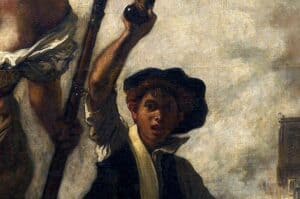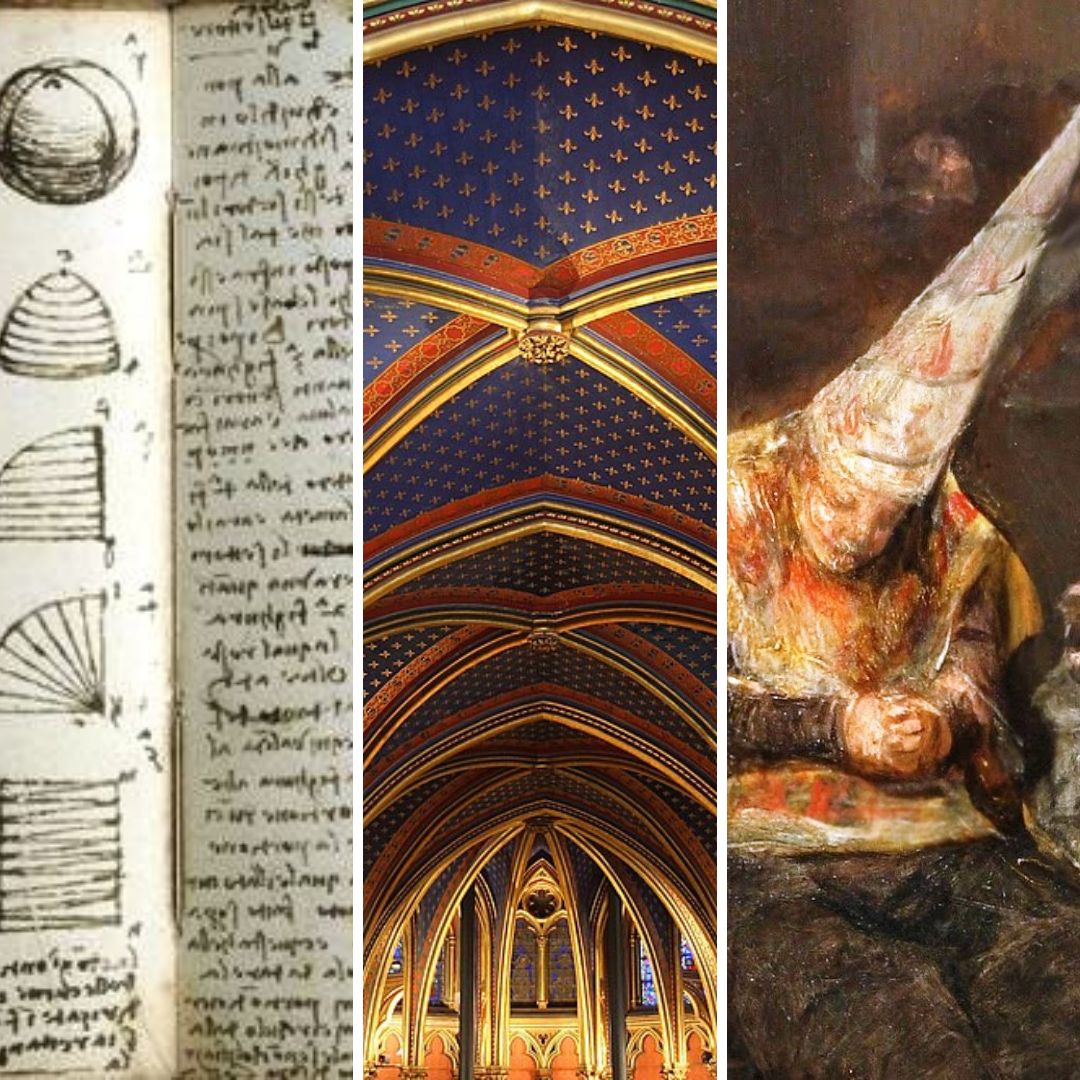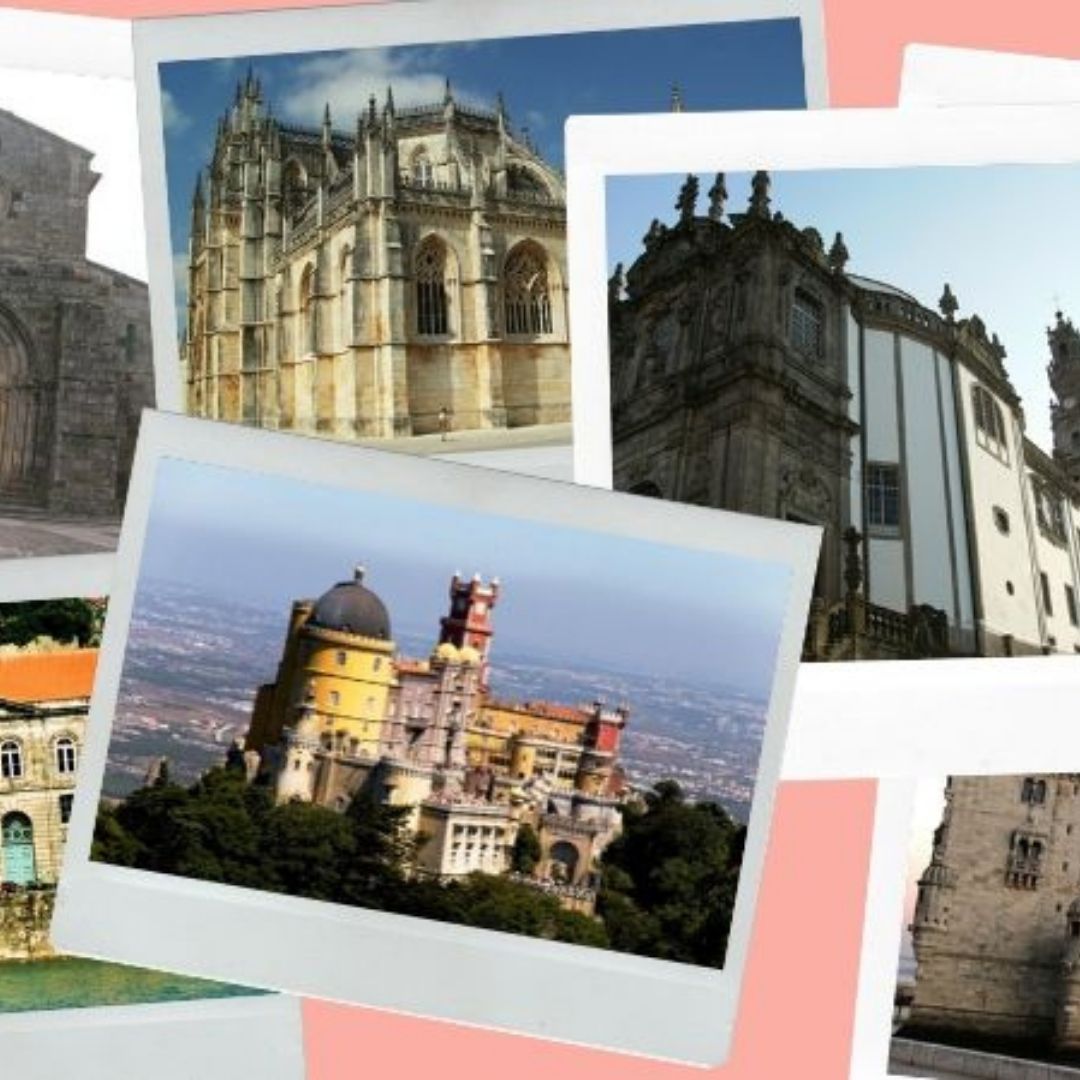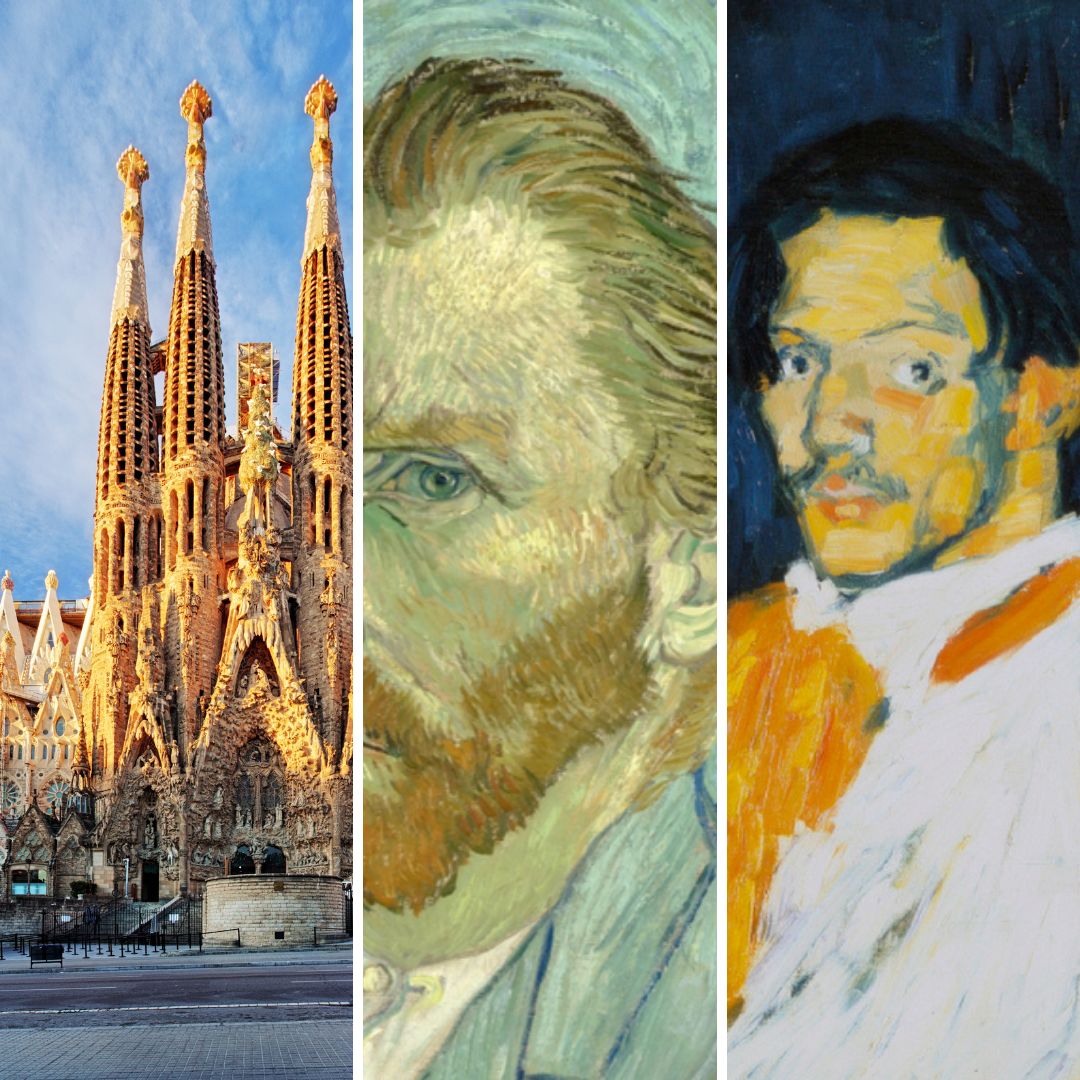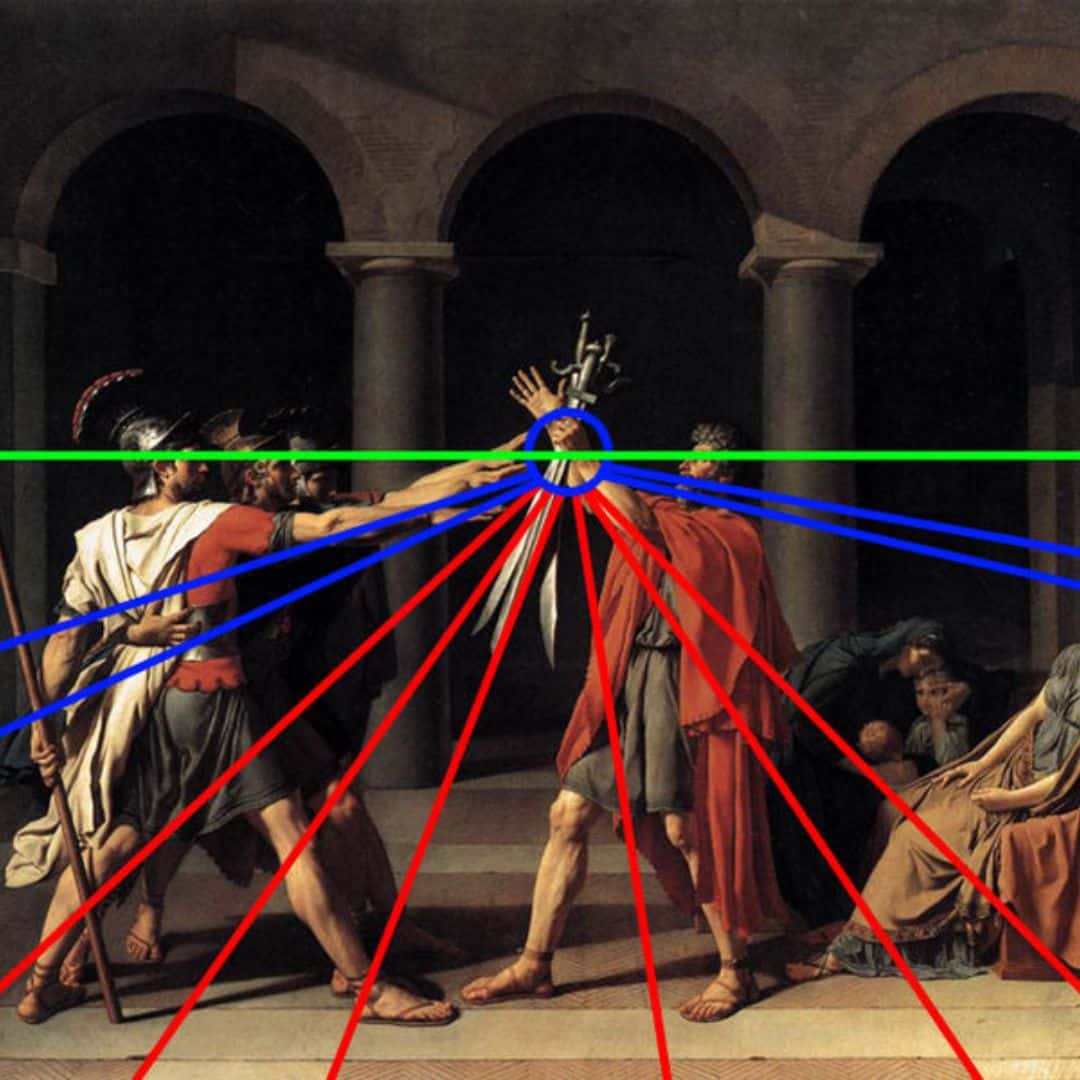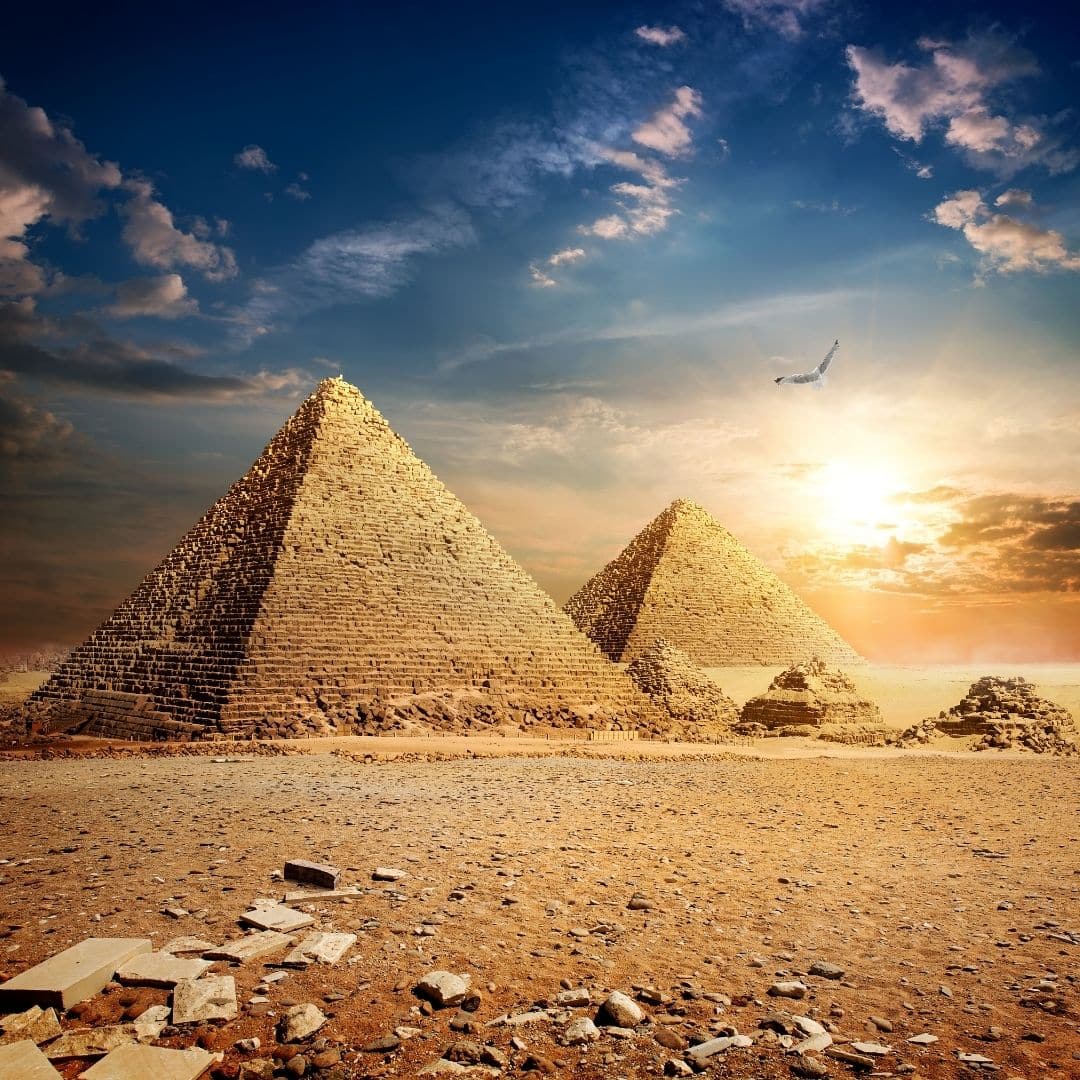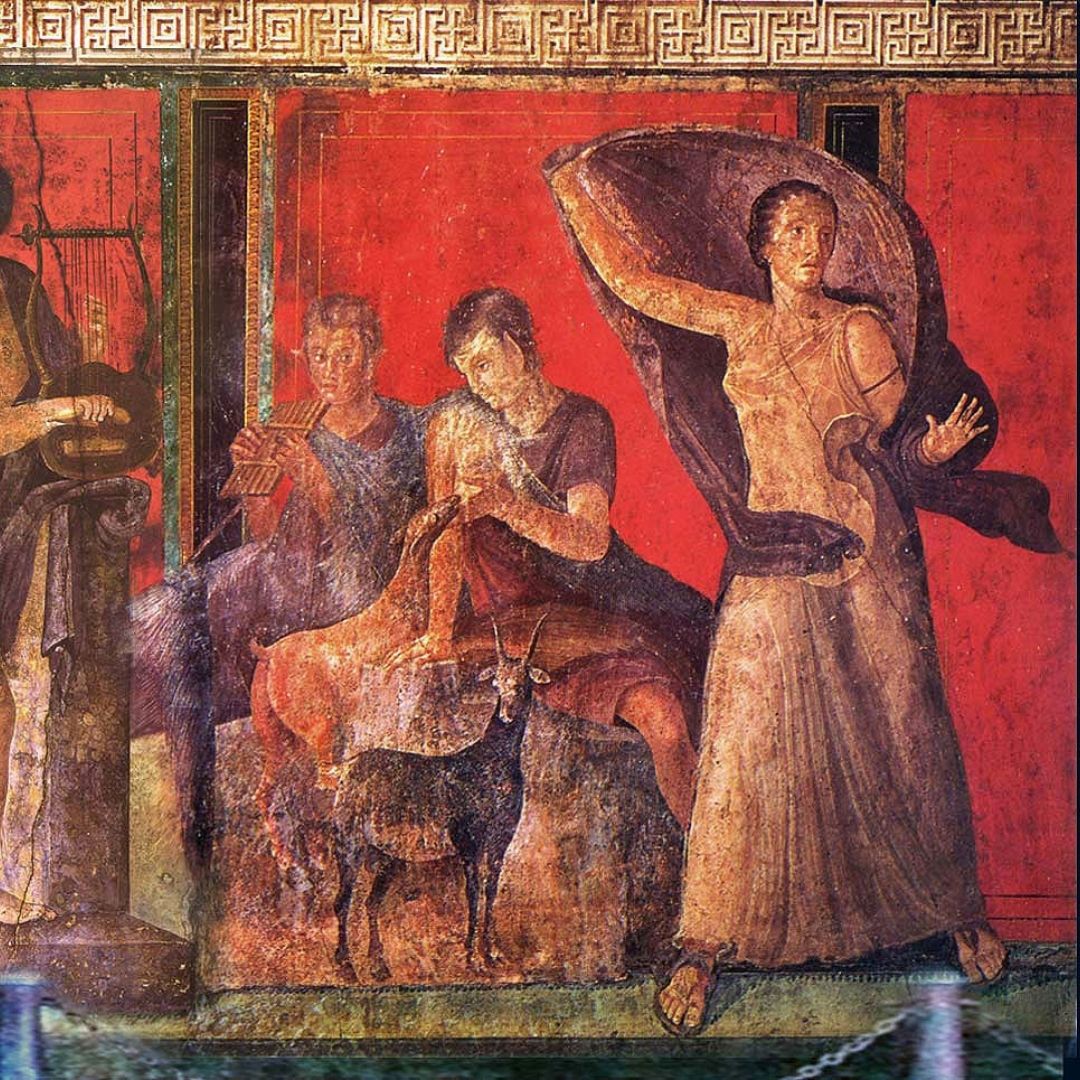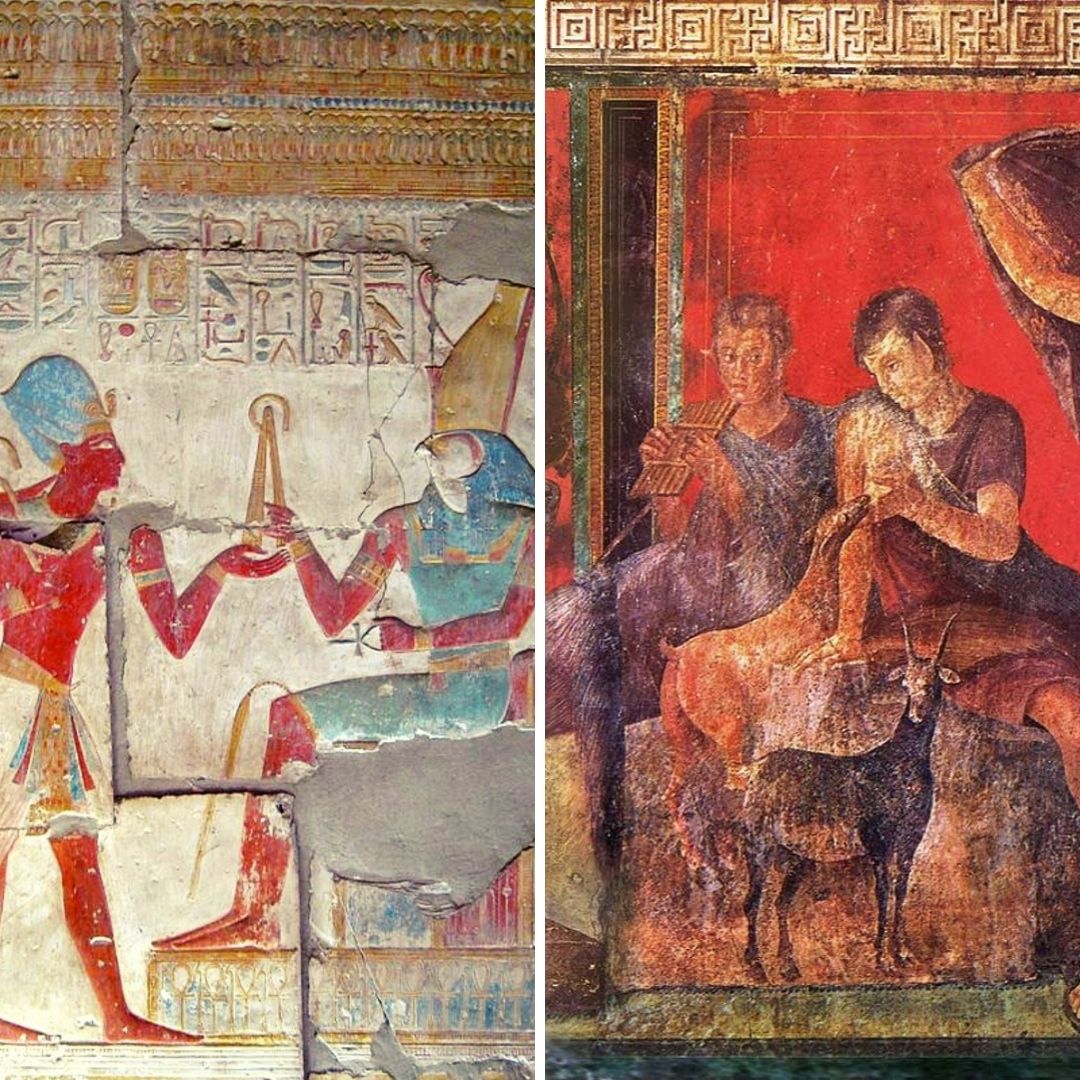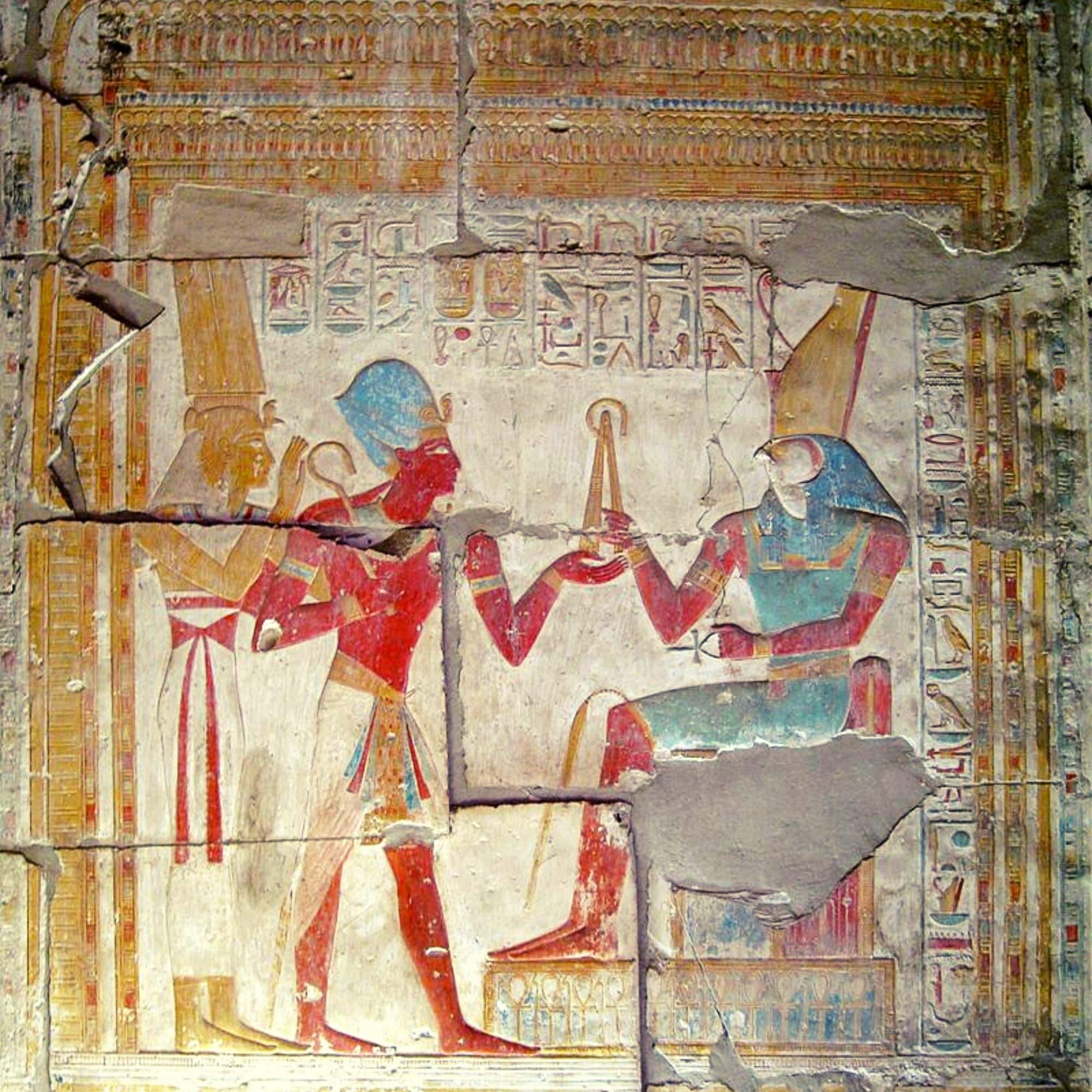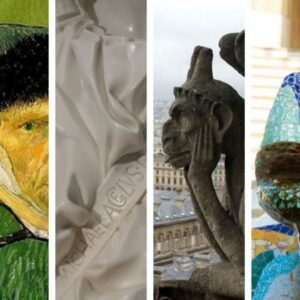We present 2 of the most fascinating Romanticism artworks and two of the greatest masters of painting – Francisco de Goya and Eugéne Delacroix.
Text by Diana Ferreira, author of the course Interpretation of masterpieces of Neoclassicism and Romanticism
.
Romanticism Artworks - The Third of May 1808
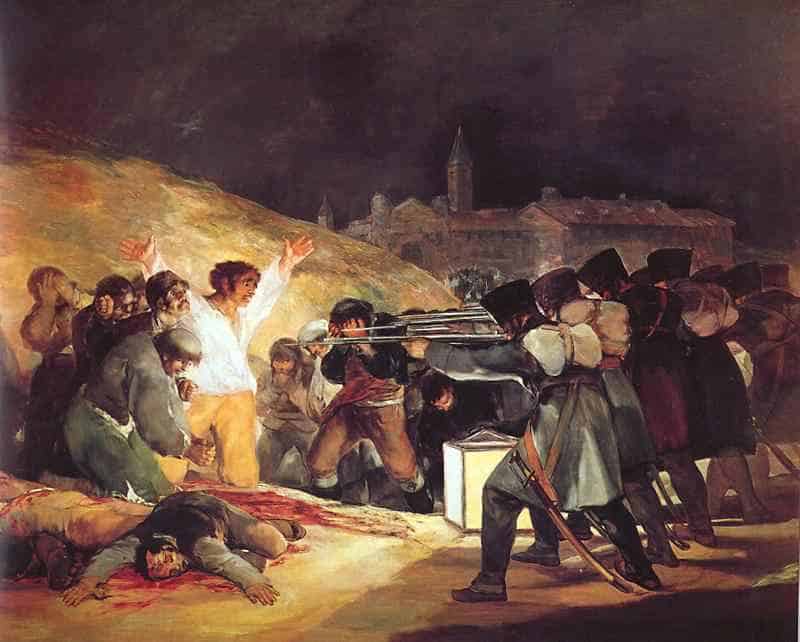
Francisco de GOYA y Lucientes (Fuendetodos, 1746 – Bordeaux, 1828) Spanish painter and engraver at the court of Charles III and Charles IV.
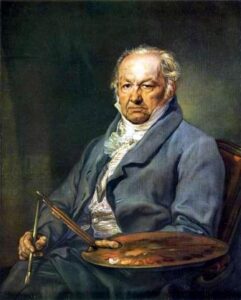
He was one of the greatest artists of his time, multifaceted and a herald of modern art.
Romanticism artworks – The Third of May 1808
This is one of the great romanticism artworks made in 1814, in oil on canvas measuring 268 by 347 centimeters,, is one of the jewels of Museo del Prado in Madrid.
This painting is part of a period between 1810 and 1814 in which Goya painted war disasters.
Shortly after Napoleon’s defeat on March 9, 1814, the Council invited Goya to paint the most glorious episodes of the Spanish rebellion against the European tyrant.
The artist chose to make two large canvases about the Madrid revolt against General Murat’s French troops who occupied Spain.
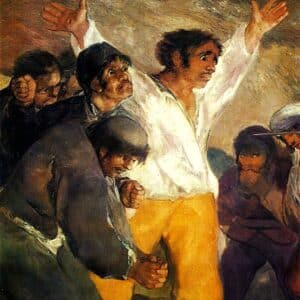
The execution of this work took place six years after the terrible revenge of the French troops on May 3, when they executed dozens of Spanish patriots, freedom fighters and innocent bystanders at night in Madrid, near the Moncloa palace on Príncipe Pio hill.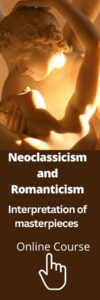
Goya witnessed the event and on this canvas he left his personal impression of the atmosphere felt on that night of slaughter.
This painting is one of the great Romanticism artworks and a milestone in the history of European art.
Francisco de Goya established a bridge between academicism and modern painting with this and other Romanticist artworks .
The final years of Francisco de Goya
Affected by deafness and mental disorders, Francisco de Goya’s last works reflect an anxious and troubled spirit, painting works that reflect human suffering.
Romanticism Artworks - Liberty Leading the People
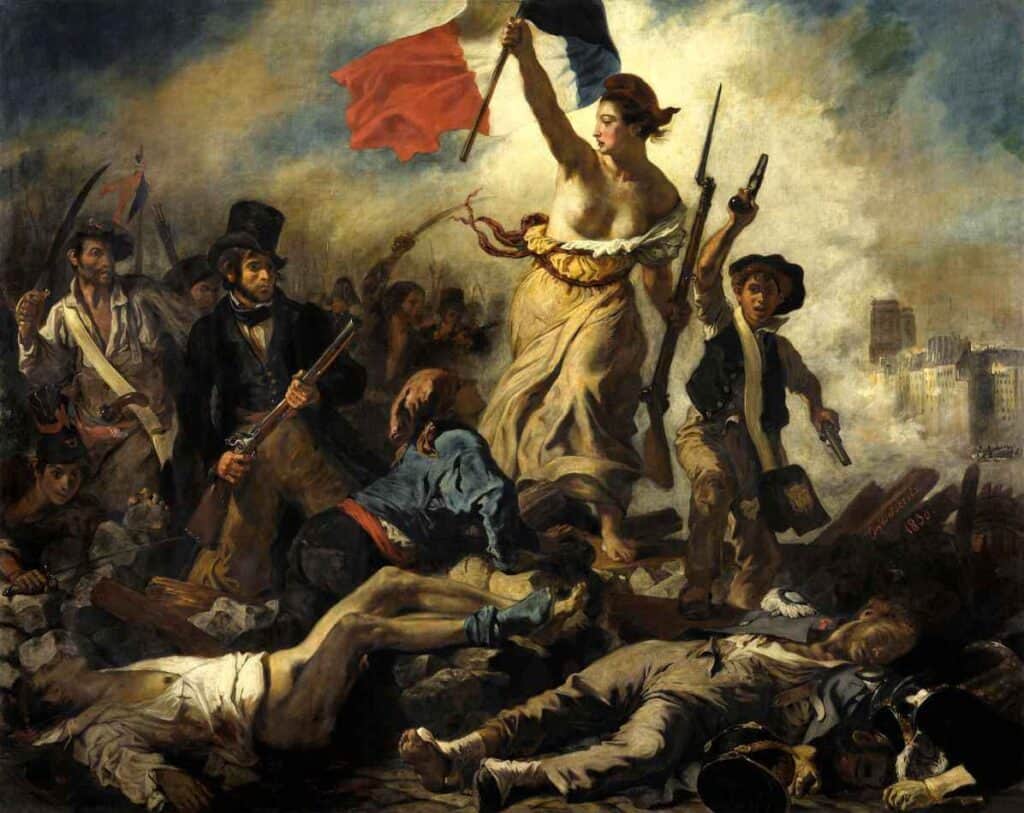
Ferdinand Victor Eugène DELACROIX (Charenton-Saint Maurice, 1798 – Charenton, 1863) was the pioneer and main exponent of French romantic painting and its new school, which caused a revolution in art, inspiring a whole future generation of painters.
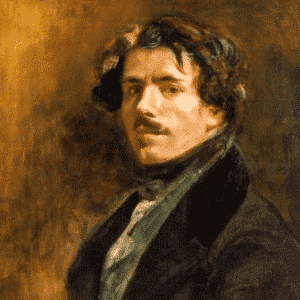
Romanticism Artworks – Liberty Leading the People (July 28, 1830)
He was an original and innovative artist who was also attached to tradition.
He was a colorist who left us many masterpieces, the most famous of which remains “Liberty Leading the People (July 28, 1830)”, one of the great works of art of Romanticism done in 1830, in oil on canvas measuring 260 by 325 centimeters, exhibited at the Louvre Museum in Paris.
A popular masterpiece that would become the image of many revolutions to come!
The historical context
King Charles X had disrespected the French constitution and tried to reinstall the absolutist monarchy by dissolving parliament and restricting freedom of the press, which led to the bloody popular uprising of 1830.
On July 27 of that same year, the people of Paris from all social backgrounds revolted – including the workers for the first time – demonstrating against the king and the royal troops in search of change. In these tumults, which immediately turned into a revolution, several people died to bring about the downfall of the monarch and prevent absolutism once again.
You can find out who the characters in one of Romanticism’s most important works of art in this article.
The Liberty character
Delacroix decided to perpetuate this moment on a canvas in which he represented the dramatic and bloody events of the July 1830 revolution (the 27th to the 29th, known as the Three Glorious Days), in which many men with the will to defend their nation were lost.

The revolution didn’t have a leader, so Delacroix painted the allegory of liberty leading the people, a half-naked, barefoot female figure, like a Greek sculpture, wearing a Jacobin cap, holding a bayonet and raising the tricolor flag.
Learn how to analyze and interpret the works of art from Romanticism and Classicism that definitively marked the course of Western art.
Certified online course – Interpretation of masterpieces of classicism and romanticism
Discover the author’s courses and e-books
Guide of Paris – architectural heritage

Diana Ferreira
Licenciada en Historia del Arte por la Facultad de Letras de la Universidad de Porto y Maestra en Museología en España (Valladolid). Trabajó en la Galleria Nazionale d’Arte Moderna de Roma y en la dirección de la Galleria de los Uffizi, en Florencia. Con becas de investigación para proyectos en Italia e España, fue formadora y profesora responsable de la disciplina de Historia del Arte en Oporto e de Introducción al Historia del Arte, Iconografía e Historia de la Arquitectura en la Academia de Artes de Florencia.
En 2014 publicó el libro Guía de los Tesoros Arquitectónicos. Lisboa, Chiado Editora, 2014, fruto de una investigación en profundidad sobre los temas mencionados.

